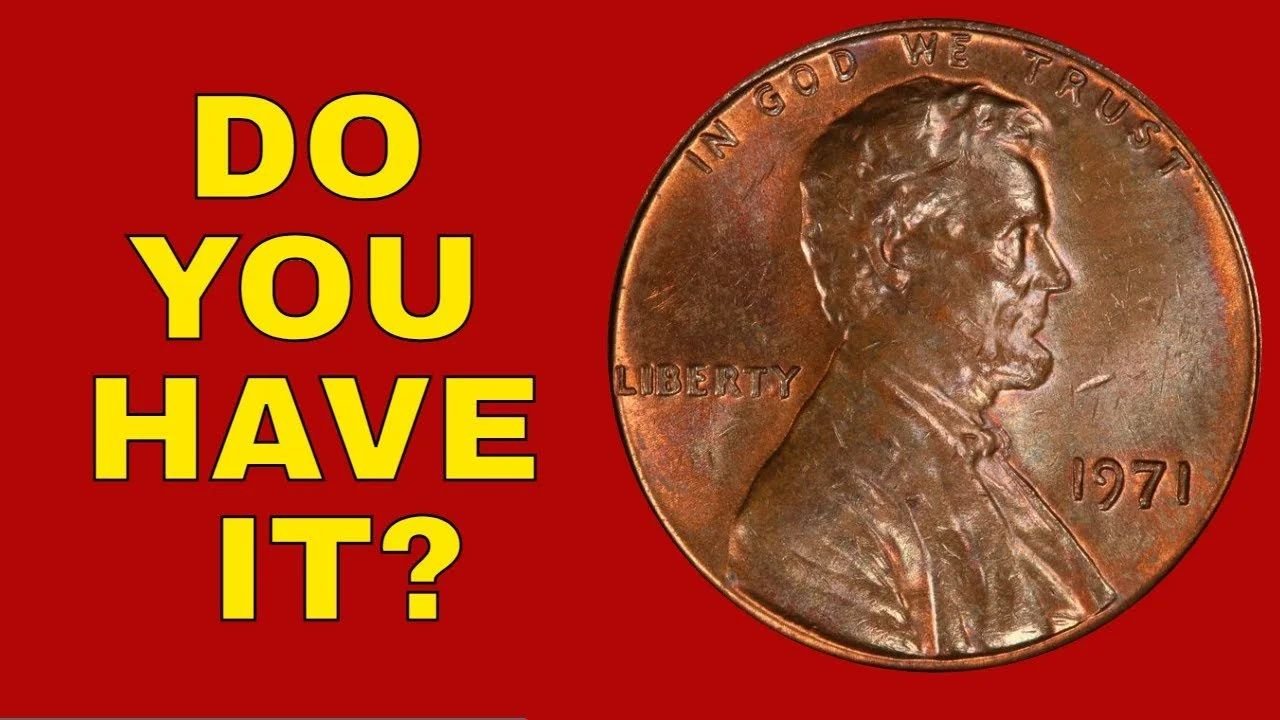Imagine this: You spend 25 cents on a soda, only to discover later that the same quarter could’ve been worth $1 million! Sounds like a scene from a movie, right? But in the fascinating world of coin collecting, it’s closer to reality than you might think. The Rare Bicentennial Quarter, minted in 1976, has become a hot topic among collectors. While most Bicentennial Quarters are worth just 25 cents, one rare version is rumored to fetch as much as $1 million — and it could still be floating around in circulation today.
What’s the Story Behind This Rare Bicentennial Quarter?
So how can an ordinary-looking quarter be worth such a fortune? The answer lies in its unique history and a few special details that make it stand out. Let’s break it down in plain English!
Overview Table – Rare Bicentennial Quarter Details
| Feature | Details |
|---|---|
| Coin Name | 1976 Rare Bicentennial Quarter |
| Design | Drummer boy on the back, “1776–1976” date |
| Mint Years | 1975–1976 |
| Face Value | $0.25 |
| Rare Value | Up to $1 million |
| Reason for High Value | Minting errors, rare metals, perfect grade |
| Still in Circulation? | Yes, but extremely rare |
Design & Historical Background
To celebrate America’s 200th birthday, the U.S. Mint released the Bicentennial Quarter in 1976. Instead of the traditional eagle on the reverse, this special edition features a drummer boy, created by designer Jack L. Ahr. On the front, George Washington’s portrait remains, but the date changes to “1776–1976,” marking the bicentennial.
Billions of these quarters were made, so most of them are still around today — but not all are created equal.
Also Read – The Rare Bicentennial Quarter Valued at $78 Million, Still in Circulation
Why Could One Be Worth $1 Million?
Why would a Rare Bicentennial Quarter be worth a staggering $1 million? Here are the key factors:
- Minting Errors
Some of these coins were accidentally minted on the wrong metal — like silver or experimental planchets — instead of the usual copper-nickel blend. These errors make the coins exceptionally rare and valuable. - Perfect Condition (MS-70)
Coins are graded from 1 to 70, with MS-70 being flawless. A Rare Bicentennial Quarter in perfect MS-70 condition with an error could easily push its value into the million-dollar range. - Unique Features
Other rare features include:- Double die errors (designs appearing twice)
- Off-center strikes
- No mint mark (indicating unusual production)
These quirks make the Rare Bicentennial Quarter highly desirable for collectors.
How to Spot a Rare Bicentennial Quarter
While it’s rare, you might just find one of these gems in your change, an old jar, or a family coin collection. Here’s what to look for:
✅ The “1776–1976” date on the front
✅ The drummer boy design on the back
✅ Unusual luster or shine — silver versions stand out
✅ Clean, silver edges (no copper stripes)
✅ Use a magnet — regular quarters aren’t magnetic, but some experimental planchets might behave differently
✅ Doubling in letters or numbers
If you see anything that looks too perfect or just plain odd, don’t spend it! Have it checked by a professional.
Is It Really Still in Circulation?
Yes — though finding one is extremely rare. The U.S. Mint never recalled these quarters, so a Rare Bicentennial Quarter could still be in circulation today. Coin experts think that a few of these rarities are still hiding in piggy banks, drawers, or coin rolls from the bank.
Next time you’re counting your change, watch for that distinctive “1776–1976” date — you could be holding a piece of history worth a fortune!
FAQs – Rare Bicentennial Quarter
1. Are all Bicentennial Quarters valuable?
No, most are worth just 25 cents. Only rare versions with errors, silver content, or perfect condition are worth serious money.
2. How can I tell if my quarter is silver?
Check the coin’s edge — silver quarters have a solid silver edge, while copper-nickel ones show copper stripes. You can also weigh them — silver quarters are slightly heavier.
3. What does “MS-70” mean?
MS-70 stands for “Mint State 70,” meaning the coin is in flawless, perfect condition — very rare, especially for older coins.
4. Where can I sell a rare quarter?
You can sell through coin dealers, auctions, or trusted online platforms. Make sure to have the coin graded by PCGS or NGC for accurate valuation.
5. Can I still find a rare quarter in my pocket change?
Yes, although it’s a long shot. People still find valuable coins in everyday transactions — so always keep an eye out!
Final Verdict: The Hunt for the Rare Bicentennial Quarter
The Rare Bicentennial Quarter valued at $1 million proves that something as common as a quarter can become a treasure. While most Bicentennial Quarters are worth only face value, a few stand out thanks to minting errors, rare materials, and pristine condition.
If you’re someone who pays in cash, rummages through coin jars, or even picks up stray change, don’t overlook that “drummer boy” quarter. It could be your ticket to an extraordinary payday!
Some Important Link
| Telegram Group | Click Here |
| WhatsApp Group | Click Here |
| Home Page | Click Here |










